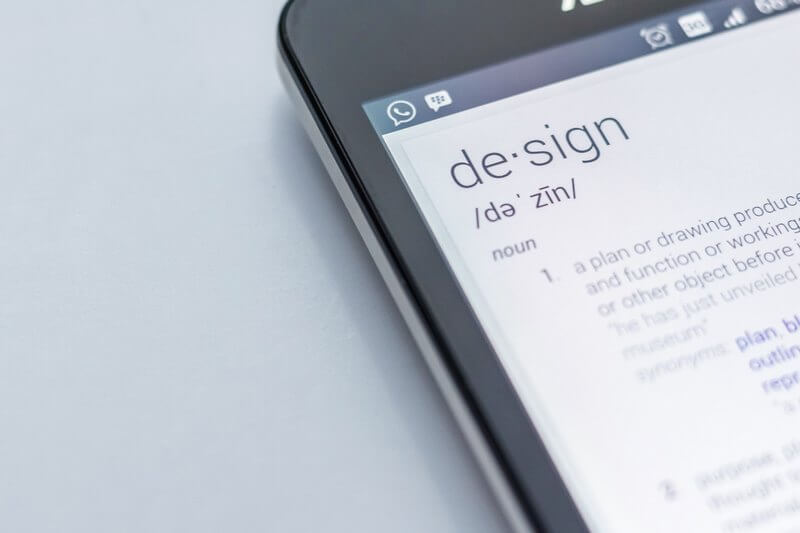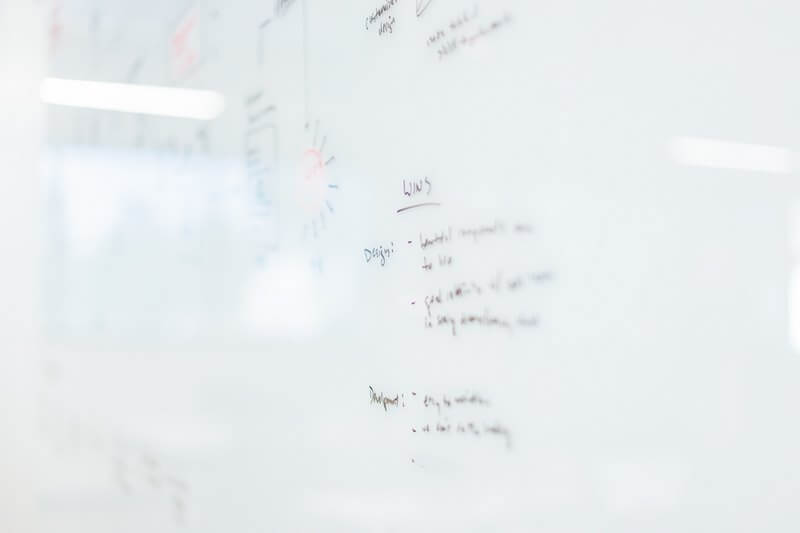
What program design is
What makes good program design? Let’s discuss what constitutes effective resilience program design. I wrote about the importance of program governance in a recent post. In my Resilience series, I covered the topics of visioning, strategy, evaluation, program planning, requirements, metrics, and measurements. I am biased, but I recommend you review the information to dive deeper into programming.
However, let’s focus on practical program design. Some of you may ask what the difference is. Building a program creates a plan of action. The program design is the process that develops a program. Ideally, it is the collaborative work of bringing the scheme into existence. And it is the process of fashioning the structure. Hopefully, you’re still with me, and I haven’t confused you yet.

Outlining and implementing your plan of action
For resilience programs, you want to organize activities around company culture and elements that will drive success. In a recent blog, I shared the foundational pillars of organizational resilience. For design, you first want to conduct a needs assessment and set objectives. By doing this, you will gain clarity of purpose and identify existing gaps and areas of existing strength.
After the analysis phase, sketch out what you want the program to do and how to deliver it. Afterward, I suggest piloting the elements for feedback. Once battle-tested, you can address any issues before entering the implementation phase. After approval, launch the program. It will require maintenance and flexibility for improvements as needs evolve. Be prepared for ongoing education, support, documentation, and reporting. A built-in system that embeds the resilience program design into the company culture is ideal.

Launching a design team
Ultimately, the most effective programs include stakeholder feedback. Your process may consist of an initial design that you socialize with leadership and critical customers. Or, you may prefer to work in a collaborative, iterative, and tentative group that helps you build the framework. I find a greater effectiveness in working in a team environment.
To me, many heads are better than one. By bringing together a team of aligned experts, you get a trial by fire approach. Although this can be challenging at the outset, leveraging a working team helps me produce a better product faster. Then, when I present the product to leadership, we typically address most concerns before the approval stage. It’s the concept that many hands make light work.

Features of program design
Now, resilience program design is different from software design, for example. However, any aligned process has some similarities in common. For example, constructing resilience programming includes crafting objectives, incorporating learnings and delivery milestones, and enabling a review process.
Finally, I cannot stress enough how important it is to consider company culture. Although I have not met Scott Baldwin of Netflix yet, I admire the innovative design process his team enabled. When leadership gives you a mission to increase resilience while staying true to company culture, it is a challenge but a recipe for success. So, the key components are to employ subject matter experts to develop it, use company culture as a template, and aim for a quality outcome.

Projects vs. program pitfalls
One word of caution as you engage in resilience program design. There is a school of thought that program design and projects are interchangeable. If you are someone who believes this, I want to hear from you! Because I envision programs to be ongoing efforts, it rules out the concept of a project for me. Projects have a clear beginning, middle, and end. Resilience, on the other hand, is ongoing.
Of course, there are lots of definitions for resilience. I’ve referenced the ISO Organizational Resilience and UK’s Operational Resilience standards multiple times. The definition I like is the ability to withstand adversity and bounce back from complex life events. Although applied to individual well-being, it’s also applicable in a business setting. Resilience program design integrates continuous review and expectations of evolution over time. If I make this sound easy, I know it’s a lot of work but focusing on fundamentals enables the best outcomes.
